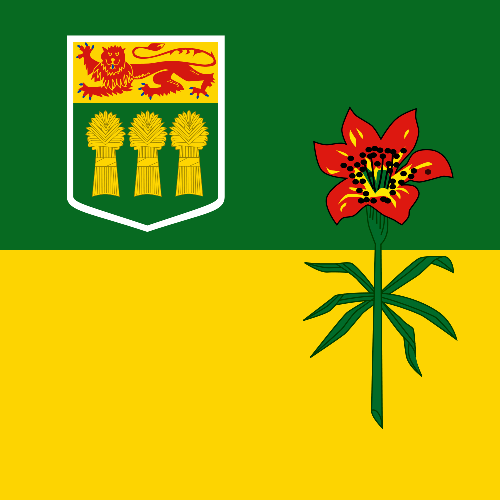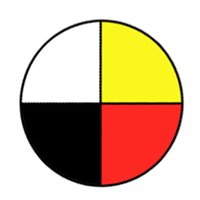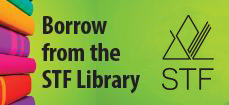

The book includes an index of titles, a table of contents and an index by author/illustrator.


















Included in the book are examples of guiding questions for every content area, sample lessons and activities that deepen thinking about topics and prepare students for more meaningful reading and writing experiences.
Included are a table of contents and an index.










The book includes a table of contents, an appendix and an index.











Included in the resource is a variety of formats to support resource-based learning. Instructional strategies are explained and differentiating instruction is included to assist teachers with the diversity within the classrooms. The "release of responsibility" model has students demonstrating and applying their knowledge in a variety of ways. A comprehensive approach is used to teach the cues and conventions and they are incorporated into the framework of the lesson plans. There are cross-curricular units that link to science and social studies.
The teacher's guide is detailed and comprehensive with formative and summative assessment tools. Teacher reflection is emphasized.








Online videos at www.edutopia.org demonstrate how role models help to generate student understanding. There are examples that show how educators can enable students to think critically, transfer skills and knowledge and be flexible problem solvers, both inside and outside the classroom.
The book includes a table of contents, an appendix, a bibliography and a subject index.

The book includes a table of contents, an author index and a subject index.




The book was selected as co-winner for the 2006 Aboriginal Children's Book of the Year, Ânskohk Aboriginal Literary Festival.

Teachers will need to provide a historical context about residential schools and the impact on First Nations people.
This video is a dramatization of the picture book by Nicola I. Campbell and illustrated by Kim LaFave. The book was selected as co-winner for the 2006 Aboriginal Children's Book of the Year, Ânskohk Aboriginal Literary Festival. The video won the 2009 Best Short Drama, Winnipeg Aboriginal Film Festival and the Best Canadian Short Drama, ImagineNATIVE 2009.




The book includes a table of contents, a name index and a subject index.










Included are a table of contents and an index.







This book highlights the importance of looking ahead to and planning for what we leave our grandchildren and the generations to follow.








This caring but humourous tale of friendship and dedication based on the 2011 Caldecott Medal winner is strengthened through its illustrations, soothing music and soft-spoken narration. It provides opportunities for classroom discussions about the reciprocal nature of friendship.






Black-and-white illustrations complement the poems. The text includes a table of contents and brief author biographies.

This title won the 2008 Amelia Frances Howard-Gibbon Illustrator's Medal.
1. Best Chums Forever 7. White Buffalo 13. Goose Call
2. Turtles Everywhere 8. Let Loose the Moose 14. Elk Lodge Dance
3. Loonie Tune 9. Flight Path 15. Thunderbird
4. Duck, Duck, Fly 10. We Pelican’s Fish 16. Spirit of the Land
5. Squirrelly for Nuts 11. Outfoxed 17. Nothing to Crow About
6. Bear Paws 12. Raccoon fire 18. Beaver Tales





This book was nominated for the 2009 Grand Canyon Reader Award.

She describes the specific and general craft techniques, such as voice, sentence fluency and writing with detail. Teachers will learn how to assist students in determining their writing strengths and how to build upon those strengths.
Included in the text are a table of contents, assessment strategies, appendices and an index.


Later, a group of children ride by on their bikes. They jump off their bikes and run into the farmhouse. Temptation strikes as the other animals look at the bikes and get their chance to ride a bike.
This title won the 2002 School Library Journal Best Book of the Year.




The book was nominated for the 2009 McNally Robinson Book for Young People Award.

This video's controlled vocabulary, simple sentence structures, and chapter segments make it an ideal choice for emergent readers. Youngsters will be drawn to the cartoon-like animations and quirky story, which offers possibilities for sequencing, predicting, and character analysis. Thematically, this tale could be used for discussions about exotic pets, unusual friendships, families, and overcoming obstacles. From a science perspective, opportunities abound for the study of flies and other insects, particularly those considered pests. Buzz, who is outfitted with a butterfly net, hard hat, and insect jar, will introduce students to the naturalist's world.

The book won the 2005 Notable Children's Book Award for the Association for Library Service to Children.

Her teacher, Miss Hendrickson, encourages the young girl to draw a picture to remember the Nipawin area. She draws the road with the trailers, the forest, the creek and everything that is special to her so that she will remember it always.


Graphic organizers and open-response opportunities help promote higher-order thinking skills and innovative ways to make thinking visible during independent reading. There are reproducible blank templates and student samples that illustrate how the program works.
The book contains a table of contents, an appendix and an index.
















Teachers may consider inviting an Elder or traditional knowledge keeper into the classroom to tell the narratives.

Teachers may consider bringing an Elder into the classroom to discuss our relationships to the land.
This book was selected as a finalist for the 2009 Canadian Children's Book Centre - Best Books for Kids and Teens.


The author explores the features of informational text and lists key books that are organized around strategies and subject areas. She provides ideas to include more informational texts in the classroom through read-alouds and author studies and provides tips for teaching nonfiction forms and text structures.
Included in the text are a table of contents, samples of students' work, assessment strategies, lists of children's books and professional titles and an index.










Strategies include ways to activate and build background knowledge, to elaborate on textual details, to make inferences, to develop mental models of nonfiction text and to make text-to-text connections.
Sample student work illustrates the expected outcomes of each particular technique. Suggestions are included for struggling and advanced readers.

A detailed description of the four comprehension strategies (applicable to visual, oral and written text), ideas for leading students in reciprocal teaching, discussions in different social contexts and appended assessment forms are included in this resource.

The book was a finalist for the 2008 Governor-General's Literary award for Children's Literature - illustration.









Suki wants to wear her kimono on the first day of school. Her sisters and other children in the classroom tease her. As a way to get to know the children in the classroom, Mrs. Paggio asks the children to introduce themselves and talk about what they did over the summer. When it is Suki's turn, she talks about her Grandmother coming for a visit, the special time they shared together and receiving the kimono. The story is an example of a young girl who marches to her own beat.
There is a pronunciation key for some of the Japanese terms used in the book.






A teacher's guide is available.




Included in the text are a table of contents, blackline masters, an index and suggestions for professional reading.






Henry is just not cut out for the crowing business. He must make it work, otherwise the farmer and his wife will be late and the farm chores will not be completed. Will Henry learn to be a morning rooster after all?

Based on her father's experience, Duncan-Cary complements the text with personal photographs. A DVD is included with the author narrating the story and singing the song.























This document will assist individuals and communities to engage in meaningful discussions and actions to respond to the experiences, perspectives and needs of students and families who are gender and/or sexually diverse (GSD).
Content includes:
- Gender and Sexual Diversity
- First Nations and Métis Ways of Knowing
- Assumptions, Privilege and Oppression
- Comprehensive School Community Health (CSCH)
- CSCH Approach to Creating Inclusive Schools






















and grades. Suggested curriculum outcomes are identified and, if applicable, supporting indicators
are noted.


























The purpose of the presentation is to describe strategies teachers can use to approach content that may be perceived as sensitive in their community in order to:
- ensure the learning environment is safe for respectful dialogue;
- teach students how to think critically about any topic with an open mind; and,
- meet curricular outcomes.









Saskatchewan context, differentiation is addressed through the Adaptive Dimension which enables all teachers to respond to student diversity, including their strengths and needs, interests, backgrounds, life experiences and motivations.


















